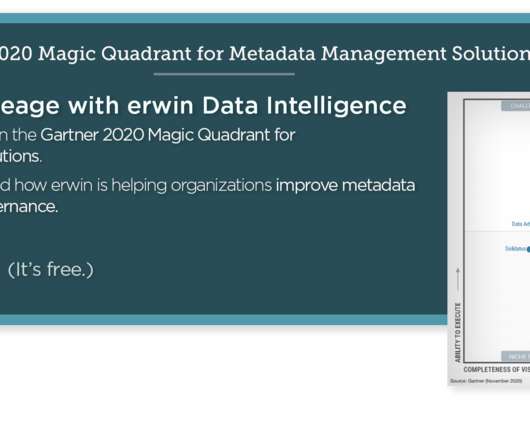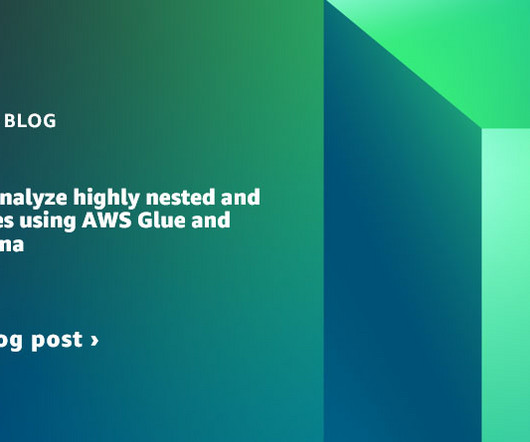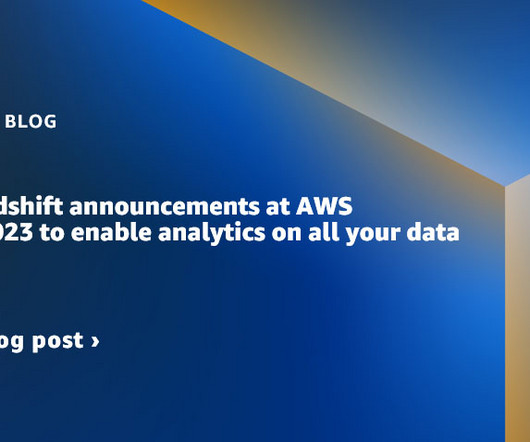Data Intelligence in the Next Normal; Why, Who and When?
erwin
JANUARY 14, 2021
When the pandemic first hit, there was some negative impact on big data and analytics spending. Digital transformation was accelerated, and budgets for spending on big data and analytics increased. But data without intelligence is just data, and this is WHY data intelligence is required.



















Let's personalize your content